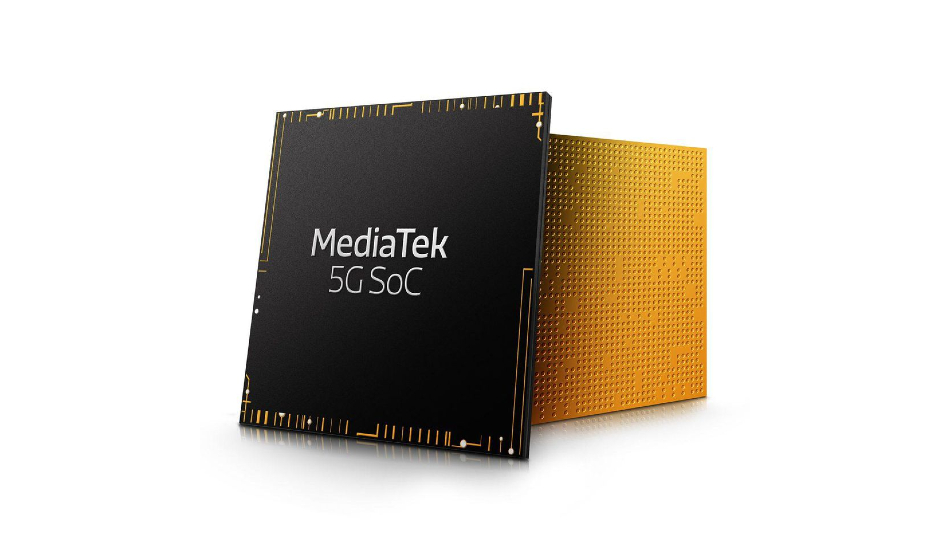Earlier this year, MediaTek introduced the Helio M70 multimode 5G modem with LTE and 5G dual connectivity. The company has now announced that its 5G modem has passed testing in China and is ready to hit smartphones.
In a blog post shared earlier today, MediaTek says that its 5G modem is in the first wave of devices to pass the 3GPP SA and NSA (non-standalone) two-mode laboratory testing. The test was conducted on a device powered by the MediaTek Helio M70 5G modem which supports mainstream 5G NR bands such as 700MHz, 900MHz, 1800MHz, 2.6GHz, 3.5GHz and 4.9GHz.
During the first stage of tests, the MediaTek Helio M70 powered device passed all 199 items involved in SA and NSA modes. MediaTek explains that the SA testing focused on two bands – N41 and N78 where the device managed to achieve downlink rates of 1.62Gbps and 1.45Gbps respectively.
In case of NSA modes, the testing reveals scores of 1.67Gbps and 1.36Gbps respectively on the B3+N41 and B1+N78 bands.
While the above tests were conducted indoors, the Helio M70 equipped 5G device managed to peak at 1.40 Gbps and 1.33 Gbps in NSA and SA interoperability tests respectively.
MediaTek has disclosed that the latest results have now proved that MediaTek’s 5G modem is now ready to be made available for the first wave of smartphones with 5G support, in China.
Speaking about the announcement, MediaTek Wireless Communication Systems GM, JS Pan said “The MediaTek Helio M70 has taken a clear lead in these test results and commits fully to the 3GPP Rel-15 standard. The test results in both SA and NSA modes were accepted by the IMT-2020 (5G) promotion group, indicating that MediaTek’s 5G technology is mature, highly capable and ready for commercial products. With support for 2G through to 5G connectivity and dual 4G-5G (EN-DC) connectivity from a single 5G modem, devices based on Helio M70’s technologies will provide consumers with a seamless, high-performance connection experience anytime, anywhere”.
Previously, MediaTek announced the first smartphone system-on-chip powered by ARM’s latest Cortex-A77 CPU and Mali-G77 GPU at the Computex 2019 event in Taipei in May. The chipset will also be the first in the world to come with an on-die 5G modem and will be built on TSMC’s latest 7nm+ process node.


